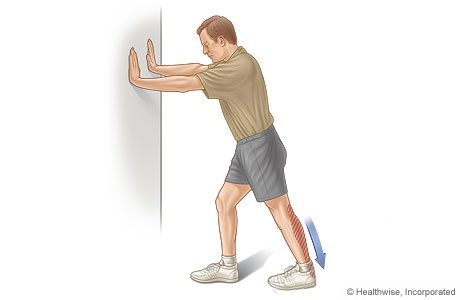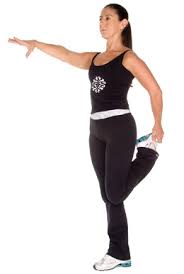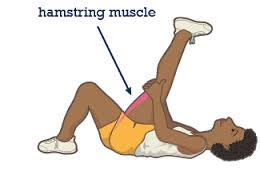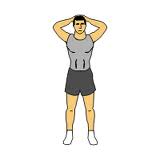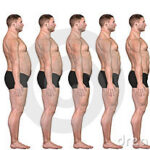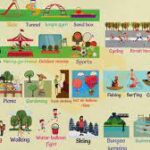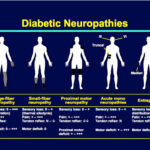From time immemorial, man has been walking for traveling to reach one place, to hunt and gather food for self and family and also in search of a better place to live. Those were the days when there was no transport. God gave humans the legs so they could walk upright which is a feature not common among the animals by nature, though some animals can walk upright with training. Unfortunately, with the advent of modern transportation facilities as well as time pressures and deadlines to be met, people have literally forgotten to use their legs for the use they were meant to be used.
Benefits of walking
This is probably the safest form of exercise which can be done by anybody provided the eyesight is good and there is no neuropathy ( affection of the nerves which can cause lack of sensation on the feet making the person unaware of where the feet are planted on the ground).
The farther, faster and more frequently one walks can definitely improve the benefits by many folds. Walking also improves the balance and strengthens bones and muscles besides improving circulation.
Walking is proven to prevent the onset of diabetes, depression, cancer, joint problems, osteoporosis ( fragile bones) and heart ailments. This also helps the worsening of the above. The swinging action of the arms, the strides taken while walking, the fresh air , the sights to enjoy ( one does not get these benefits while walking the treadmill in the confines of either the gymnasium or home) and change in pace while walking navigating the turns all help in improving the muscle power and co-ordination.
Walking in groups with either your colleagues or with friends and family all could be entertaining as well you could even do long distances without being aware of the distance covered at all.
Walking at a speed of 6 km/hour , which amounts to a brisk walk, can burn up to 600 Kcals. But, may be not all can walk as fast. Some may be having either knee or back problems which needs a slower pace. But walking at any given speeds whether unaided or with the help of a walking stick is much better than not walking at all. Parking the car away from where you wish to go and just walking to your destination helps. You may still park close to your destination ( especially during the summer time when the heat maybe quite strong) and take a longer route rather than choosing the shortest route or just walking along the aisles in the malls are good options.
Walking with small children and pets is also a good option.
Ensure the following before walking:
• Check the blood sugar before walking.
• Ask your health care provider if it is safe to embark on a regime.
• Go at a pace comfortable. Walking should not leave one gasping for breath.
• It is okay to rest in between.
• It is okay to take sips of water in between the walk and before the walk.
• If you experience feeling of nausea, chest discomfort, pain in the arms, jaw or back while walking, please seek medical help immediately.
Stretching before any exercise program:
Proper stretching before any exercise or even walking can help tone up the body and prevent joint problems.
Some of the commonly done stretches:
Stand at an arms length distance from the wall. Keep one leg forward with knees slightly bent. The other leg with knee straight and heel down. Keeping back straight, move hips towards the wall and feel the stretch. Hold for 30 seconds, relax and repeat with other leg.
While supporting a fixed structure, grasp the ankle with one hand and pull the heel up and down till one feels the stretch in the front of the thighs. Hold for 30 seconds, relax and then repeat with other side.
• Hamstrings stretch-
Sit on one chair, and keep the other leg on another chair in front. Keeping the back straight, bend the pelvis forward till a stretch is felt in the back of the thighs.
• Low back stretch- lying on the back with the feet kept flat and knees bent, bend the knees ( both together or separately) towards the chest using both hands. If one has knee problems, one can hold hands behind the thighs instead.
Clasp hands behind the head. Pull elbows gently by pinching the shoulder blades together.
How to walk?
The ideal way of walking involves walking upright, head held up eyes looking forward, chest pulled out, shoulders thrown back, landing the feet on the heel and taking the stride on their toes. Swing the arms freely slightly bent at the elbows. Walking with small weights held in the hands further enhance the calories burned.
The neck, shoulder and back must be relaxed and not stiff. While walking the treadmill one usually does not maintain these as people have to be holding onto the side railings and the back is usually arched back and stiff to prevent slipping.
Please make sure the footwear is of a good quality and have the insoles and heels checked for wear and tear. View the shoes from behind. If the shoe is tilted to one side, it is time to change the shoes. Change the shoes after it has done 400-600 km.
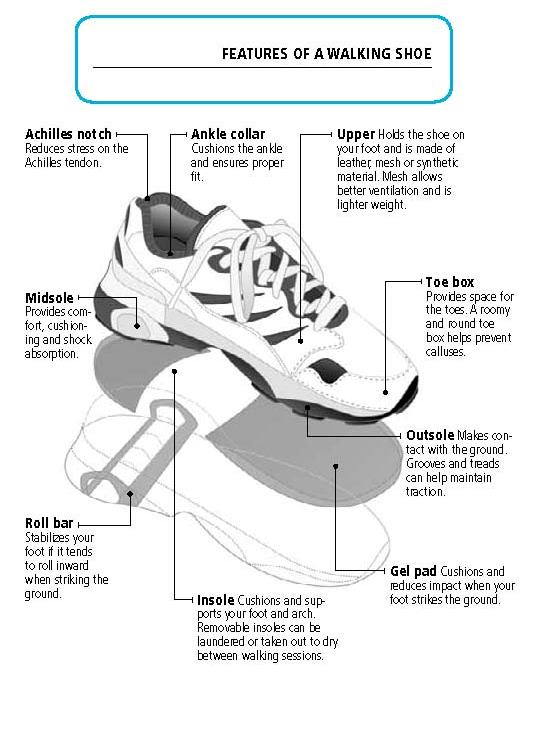
One should dress appropriately in attire that suits the climate, a comfortable and well padded pair of shoes, a scarf or hat as the case may be and some music if needed to be played and listened with an ear phone if needed. Generally the pavements are safe, but it still pays to look ahead and down as well.
150 minutes of any exercise a week is recommended. You can do 30 minutes 5 days a week or split that every day in some form like three sessions of ten minutes each or two sessions of fifteen minutes each.
The long term goal is to make 10000 steps a day. This is ideal for maintaining good health.
One needs to walk at least 30 minutes a day to maintain his or her weight and at least 45 minutes a day to have some weight reduction.
A pedometer is a small device which can be clipped on to the belt or kept in your pocket close to your body. This will count the steps one takes during the course of your daily chores such as walking, climbing stairs, jogging and even adventure sports. But, pedometers vary in their function.
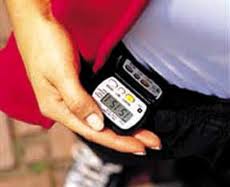
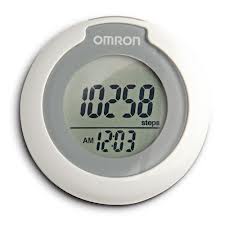
Get to know your pedometer
Ease of use: Some of the pedometers just have to be clipped and it starts. These will be needed to be reset to zero the next day so you could count the number of steps taken.
All pedometers have a battery which needs to be replaced depending on the life.
Some pedometers need to have the data fed in such as date and time, the weight of the person, the length on ones stride which will be calculated and input fed in.
The extra benefits: Some just give the number of steps taken during the day till one resets it back to zero. Other pedometers count the calories burned during the activity, the distance walked and some even upload the data to a remote computer which will maintain a log book of the progress.
Accuracy: generally all pedometers are accurate. However change of strides such as a sudden increase in pace ( or decrease) , jogging in between or even climbing stairs in between the walk may not be counted by the machine( after all it is a machine) and so the calories counted may not be very accurate in that way.
Get a pedometer that has good back lighting so it could be easy to use both indoors and outdoors and also during either the day or night.
Some pedometers are small, others are big. Go for a size that suits you.
The pedometer must have a sturdy clip to help attach on the waistband or have a strap.
Price is also of major concern.
The recent smartphones have an app which could be downloaded for performing the same function as that of a pedometer.
Before you use the pedometer regularly the following are to be noted:
- Please attach the pedometer on yourself for three days in succession whenever you are awake. The total number of steps covered in 3 days divided by three will give the average steps in a day. This is called the baseline steps. ( This will also give you an idea how many steps you had taken in a day which might be embarrassing)
- Once you know the baseline steps, set up short term goals such as adding a thousand steps a day, for example, to your baseline number which you do target for a week.
- Once you have achieved this short term goal, you could set yourself another goal. You could reward yourself and make this interesting.











